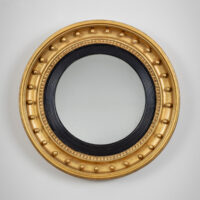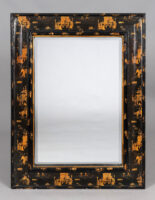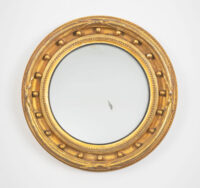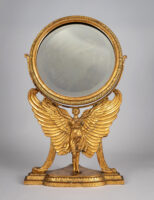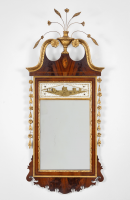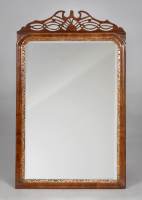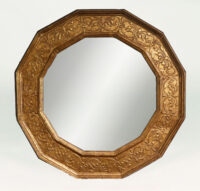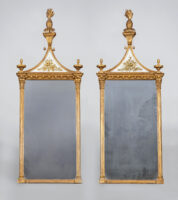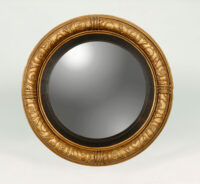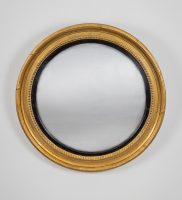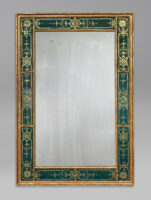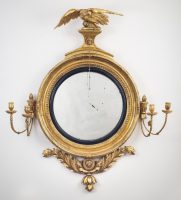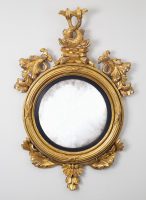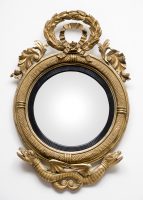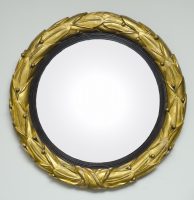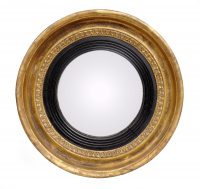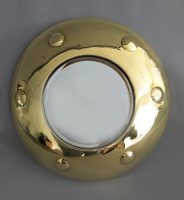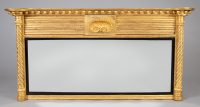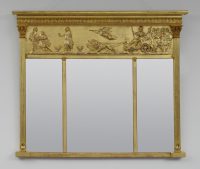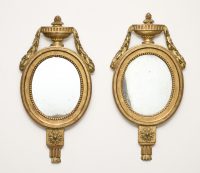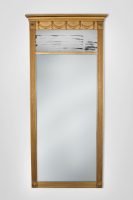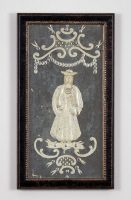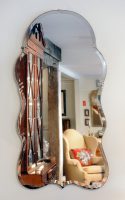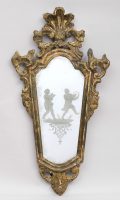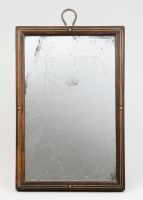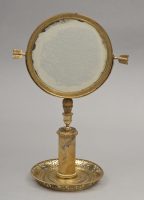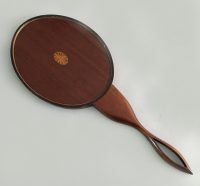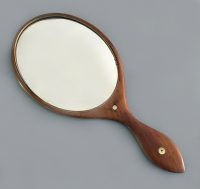Mirrors
Antique Mirrors
“Magic mirror on the wall, who is the fairest of them all?” Mirrors were thought to tell the truth in folklore, but they were also associated with the adage that breaking a mirror brings seven years’ bad luck. There are many old world superstitions associated with mirrors. But in today’s world, mirrors have become a wonderful decorating feature. They do splendid things for a room. They make a grand impression when placed over a beautiful antique Chippendale chest of drawers in your entry way. In a dark room a mirror reflects the light and makes the room look larger, more cheerful, much brighter and adds a certain sparkle.
The Romans brought the art of glass making to England but this glass was used for small panes for windows, not for making mirrors. Mirrors were first produced in Murano and silvered in Venice as early as the 16th century. The Venetians were responsible for developing a technique that was originally used in northern Europe. They were to dominate mirror making for four hundred years.
The French invented casting techniques based on pouring glass into molds. It was then cooled and rolled with special rollers achieving a perfect consistency and smoothness of the material. Immediately after this invention, Louis XIV of France was able to use lavish mirrors to decorate his palaces and would cover entire walls with mirror plate for the Galerie des Glaces or Hall of Mirrors at Versailles. Since mirrors were not made in England until the 17th century, the French dominated in quality mirror-making. Chippendale, the preeminent English cabinetmaker of the 18th century, was able to import mirror glass from France for his clients to install on the walls of their estates. Other distinguished cabinetmakers would follow suit; such as John Linnell (1729-1796).
During the 17th century the frame became just as important as the mirror. Since mirror glass was very expensive, the frame was created to protect it. The Huguenots, who were very skilled woodworkers and had escaped to England to avoid religious persecution, started making carved and gilded frames for needlework samplers and for mirror-plates.
Speaking of carvers, Grinling Gibbons (1648-1721) must be the most famous English carver of all time. He was born in Rotterdam and went to England in 1667 at the age of nineteen. His carvings at Petworth House, Petworth, Sussex are stunning. His carvings for frames are light in feeling and consist of festoons of flowers, fruit, vegetables and swags of fabrics. The wooden frames of skilled carvers were nearly always gilded. The gilding process entailed covering the frame with many layers of a gesso base, which is sanded between layers, then applying a layer of “bole”, a mixture of fine grade clay and glue, to which gold leaf would be adhered.
One of the virtues of gold, other than being of great value, is that it does not tarnish and so has a long lasting brilliance. Most antique gilded mirrors are water gilded. Water gilding is so called because the bole surface would be covered with cold water in small areas. This activated the glue and then the gold was laid down and burnished. It’s a highly skilled craft.
Other than gilding, wooden frames could be veneered with exotic woods to create symmetrical or geometric patterns or be lacquered or Jappaned for great decorative effect. Papier mache was also used as an inexpensive alternative to wood. Some mirrors have eglomise panels, which were mostly used for the panels above the mirror. It is the process of decorating the underside of glass and backing it with foil. American Federal pier mirrors and the French trumeau made use of this technique.
Susan loves mirrors, call her if you have any questions – (413) 229-8169
 755 North Main Street, Route 7
755 North Main Street, Route 7